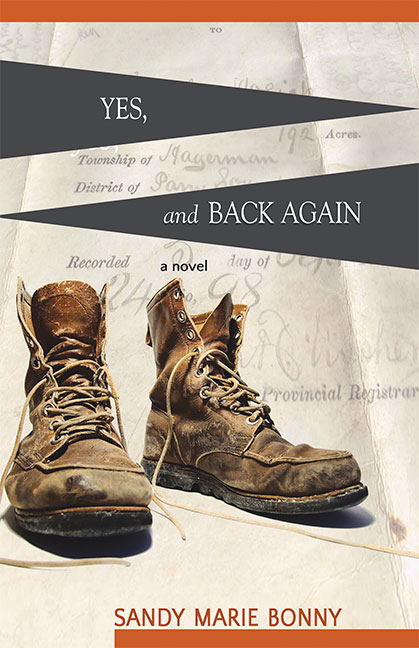Your cart is currently empty!
A note to US-based customers: All Lit Up is pausing print orders to the USA until further notice. Read more
Yes, and Back Again
Historian Tanis and high school teacher Neil have just purchased their dream home on Saskatoon’s west side: a fixer-upper with plenty of character and an abundance of history to uncover. But as Tanis moves deeper towards uncovering the secrets of the Tanner family who originally inhabited their home – and the cause of the mysterious stains on the attic floor – Neil is pulled into a drama of his own, as two aboriginal teenagers from his school have gone missing and he is being looked to as a suspect. Taking its title from the Old English nursery rhyme “How Many Miles to Babylon?”, Yes, and Back Again examines the personal journeys required to bridge the distances between individuals, cultures, and generations in an atmosphere marked by class and racial divisions.
Details
Dimensions:
184 Pages
8.5in * 5.5in * .45in
325gr
Published:
October 01, 2015
Publisher:
ISBN:
9781771870528
9781771870894 – PDF
9781771870887 – EPUB
Book Subjects:
Featured In:
Language:
eng
No author posts found.


